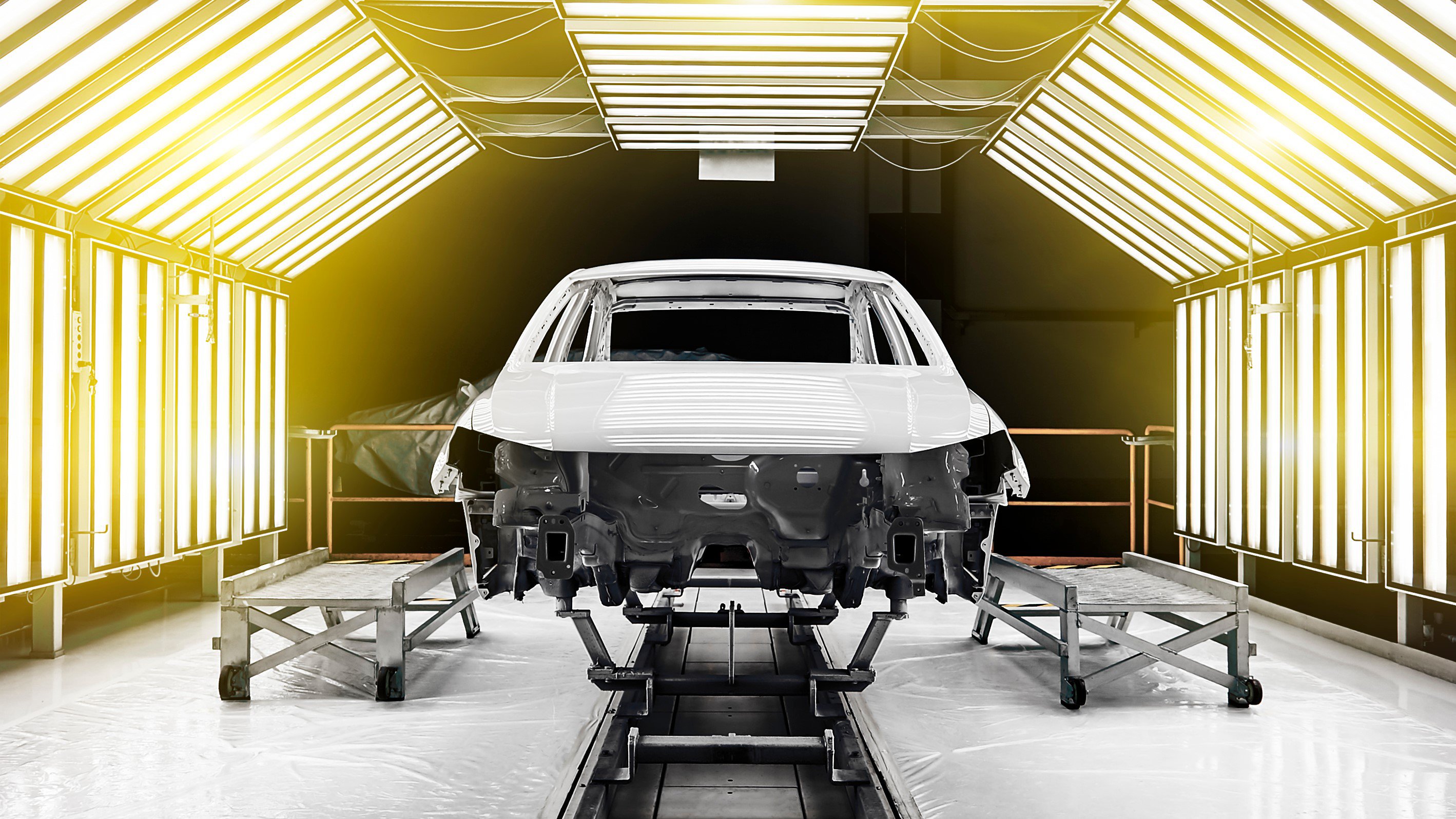Recommended For You
On the surface, it’s easy to overlook the depth of innovation in the automotive industry. Look under the hood, though, and you’ll find a very different picture.
Manufacturing leaders today are giving greater focus to innovating every aspect of the design, production and deployment of vehicles, from individual parts through to completed vehicles.
New end-user expectations around fuel efficiency, safety and onboard experience, combined with frameworks from regulators towards meeting more stringent environmental standards, are helping to drive the industry forward.
It follows that, according to Capgemini Research Institute, the automotive industry plans to increase its investment in building smart factories by more than 60 percent over the next three years. Bain anticipates R&D budgets on new technologies will rise to 30% of total R&D budgets this year.
It’s this exploratory capacity and innovative potential that we seek to cultivate in the ACstyria Mobility Cluster. We have a proud history in mobility; since the first car made in Styria hit the road in 1906, we have produced 3.5 million vehicles, in 29 different models for nine different manufacturers.
Today, our cluster supports 300 member companies with a combined turnover of €17billion and around 70,000 employees. Through our members, we’ve gained a broad perspective of the major trends in Austria and mobility manufacturing more broadly.
Integrating Old and New
Across our member base, which includes businesses ranging from parts manufacturers to producers of complete vehicles, the adoption of smart factory capabilities is commanding attention at the highest levels.
The target they’re typically aiming towards is a seamless integration of new technologies with established processes throughout their manufacturing operations and across their supplier and customer networks.
Achieving this target mandates the adoption of technologies that enhance their productive flow and assist in integrating information systems with production process. This covers everything from advanced data analytics on individual components on the shop floor through to intelligent business processes that bring smart capabilities to asset management, supply chain and logistics.
Driven by the same pressures around cost, performance, safety and regulatory compliance as other European markets, what helps Austria to stand apart is the typically evidence-based approach to innovation.
The market has a strong industry of OEMs producing parts with high quality standards and generating revenues; smart manufacturing is recognised as the ‘path forward’, but technology adoption must be proven to add value to what already exists.
Based on our experience of working with businesses on the frontline of smart factory adoption, there are three main pieces of advice we’d offer for how to blend smart technologies with existing production processes:
1. Stay flexible. Smart manufacturing has a high potential for process optimisation and achieving ‘mass customisation,’ but don’t rush towards an outcome. A slower, more careful approach that makes sure you protect the value of your established operations and harnesses existing expertise will help drive successful integration.
2. Be selective. There are a range of transformative technologies available to automotive manufacturers. Manufacturers should be able to identify the technologies that work towards specific goals, such as providing deeper performance insights, augmenting quality standards at massive scale and reducing the risk of error at each stage of the process. Artificial Intelligence, applied to use cases such as high-speed inspection of production surfaces for error detection, is an example that manufacturers in our cluster are exploring.
3. Commit to a vision. Change is rarely straightforward in any line of work. In manufacturing, where decision makers are seeking to bridge the gap between age-old operational technologies and the advanced capabilities offered by rapid innovation in information systems, the challenge is compounded. A fragmentary approach to adoption will likely run into integration challenges, both at a technological and at a process level. Focusing on the big picture of what you’re trying to achieve will help to make sure you’re adopting the technologies that support that vision, and designing operations around it.
Smarter, Together
Rising to the challenge of smart adoption can rarely be achieved alone. This is where the value of mutually-enhancing relationships comes to the fore. At ACstyria, building and supporting networks is a core part of what we do – we have within our cluster a diverse range of organisations that are working to make Austria a leader in smart manufacturing. Our close relationship with Rockwell Automation, a valuable member of the cluster, is very important to us.
We work with Rockwell Automation to help the companies in the cluster make the right decisions on how they approach smart factory adoption. Rockwell’s broad perspective of how to adopt smart technologies across industries, combined with its deep experience in mobility, helps our members to consider the full range of possibilities and tie them to the specific objectives they have for their manufacturing operations.
Published March 2, 2020


